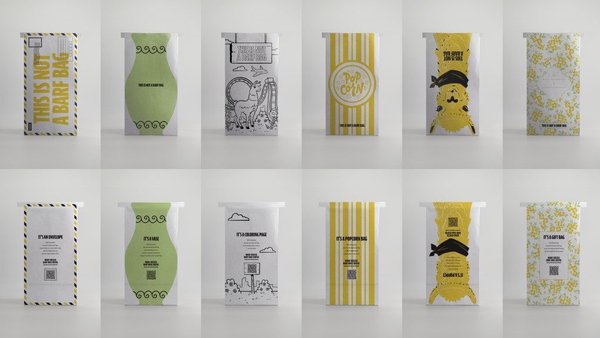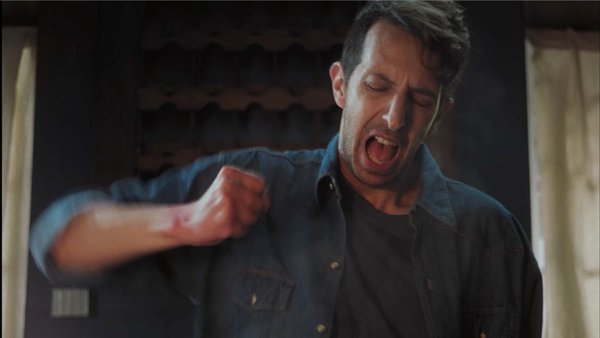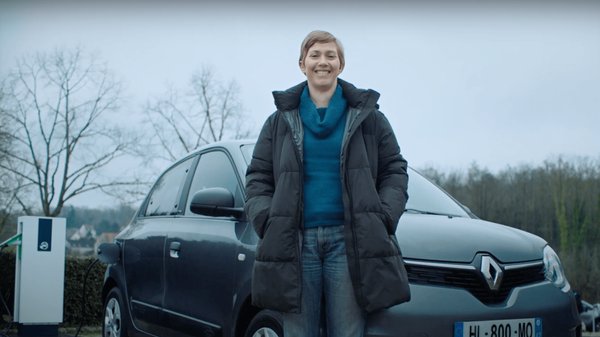Campaign of the Week
Medical researcher solicits donations with ‘Sophie’s Choice’ campaign /
Australian medical research organisation creates campaign pitting illnesses against each other, secures AUS$19m in donations
With over 5,000 disease-related charities in Australia, the Garvan Institute of Medical Research needed to increase awareness, drive consideration and raise funding for its cause above other charitable organisations.
So, with BWM Isobar in Sydney, the organisation launched Disease Dilemmas – a campaign featuring real people living with diseases that posed hard-hitting questions about which was more worthy of support.
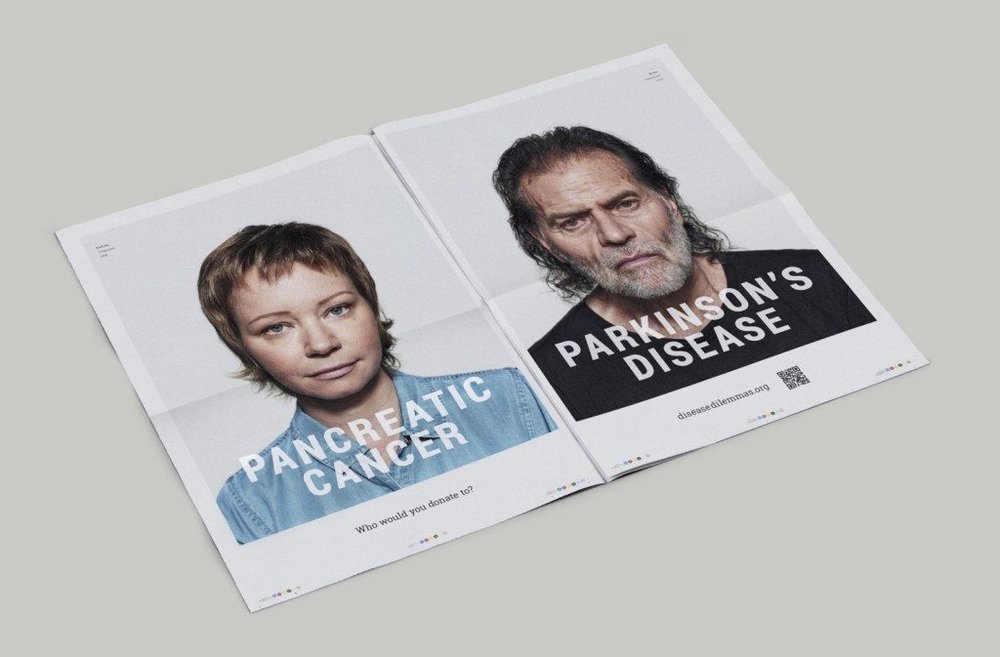
Each ad saw two Australians with different diseases placed side by side, setting up a ‘Sophie’s Choice’ of which should receive a donation. For example, a young mother with pancreatic cancer was next to a retired musician with Parkinson’s disease.
Each execution challenged people to think, interact and ultimately donate to the Garvan Institute, whose genomics research can help them all. According to the agency, 12 people contributed a testimonial.
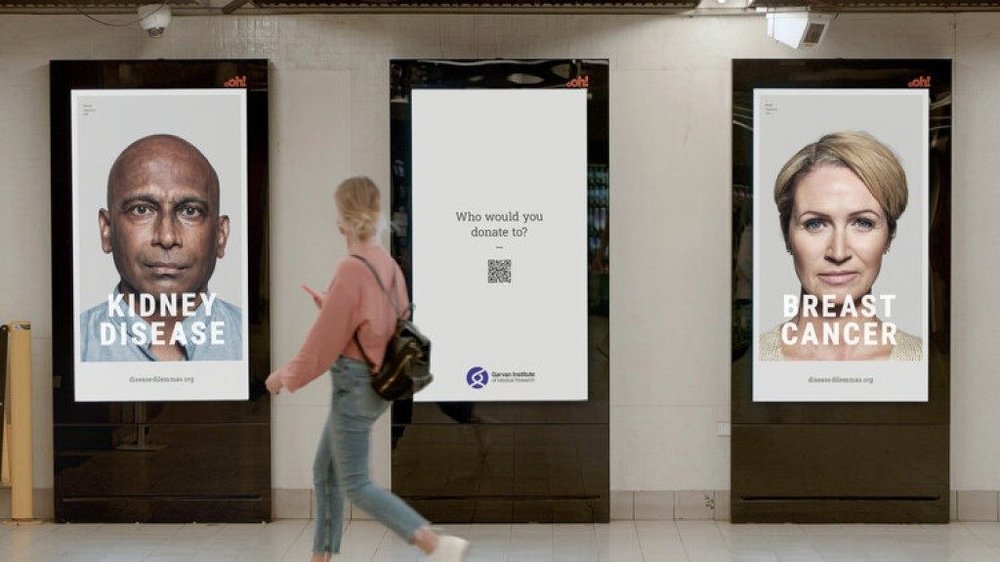
The campaign launched in April across print, TV, radio, digital, outdoor and cinema. Ads were also placed in train stations and sport stadiums. The activation ended in July. Each of the ads featured a QR code that directed consumers to a dedicated site where they could donate to the Garvan Institute.
Marcus Tesoriero, executive creative director of BWM Isobar in Sydney, told Contagious: ‘Charity overload is a real thing here in Australia, with so many disease organisations reaching out for funding. Our campaign confronted the public with that difficult dilemma of who to support and then simplified it with the answer: one donation can help them all.’
Results / According to the agency, the campaign led to more than AUS$19m in donations and a 61% increase in traffic to the Garvan Institute’s website. Disease Dilemmas also accumulated 87 million impressions and $1.1m in earned media.
Contagious Insight /
Side by side / While the creative here is simple, Disease Dilemmas is thoughtfully designed to achieve its goal: encouraging donations. Rather than just putting out a call-to-action, the Garvan Institute is making its plea more compelling by including the faces and stories of people living with disease. It’s a tactic in line with a cognitive bias popularised by psychologists Amos Tversky and Daniel Kahneman known as the framing effect. Essentially, the framing effect is the idea that our decisions can be influenced by the way information is presented and made more or less attractive depending on what features are highlighted. For example, in his book Thinking, Fast and Slow, Kahneman notes how a product that is marketed as 90% fat-free feels better than one that is advertised as having 10% fat.
It’s a bias that takes advantage of system one thinking, in essence the decisions that are emotionally driven and based on impressions and feelings, rather than slow, deliberate and rational choices. Here, the Garvan Institute increased the likelihood of nudging Australians to donate by choosing to emphasise the struggle of people with a disease instead of factually relaying the impact of its research.
One at a time / In a series of experiments, published in the Journal of Risk and Uncertainty, it was found that people are more responsive to charitable pleas that feature an identifiable beneficiary than they are to those that feature unknown masses (eg, sweeping footage of people living in poverty) – otherwise known as extension neglect. In part, this is thought to be because more generalised content creates an ‘us and them’ attitude that divorces people from feeling connected to those who need charity assistance. By relaying specific details about the lives and the medical problems of 12 people, the Garvan Institute bolstered the chance of public sympathy and reassured would-be donors that their money would have the greatest impact possible.
As Tesoriero told Contagious: ‘Many of us have witnessed a close family member or friend who has been touched by a horrific illness, which makes Disease Dilemmas all the more emotional and difficult to be imposed with. The choice is impossible and that’s what really got people’s attention.’
Want more of the same? /
We don’t just write about best-in-class campaigns, interviews and trends. Our Members also receive access to briefings, online training, webinars, live events and much more.
